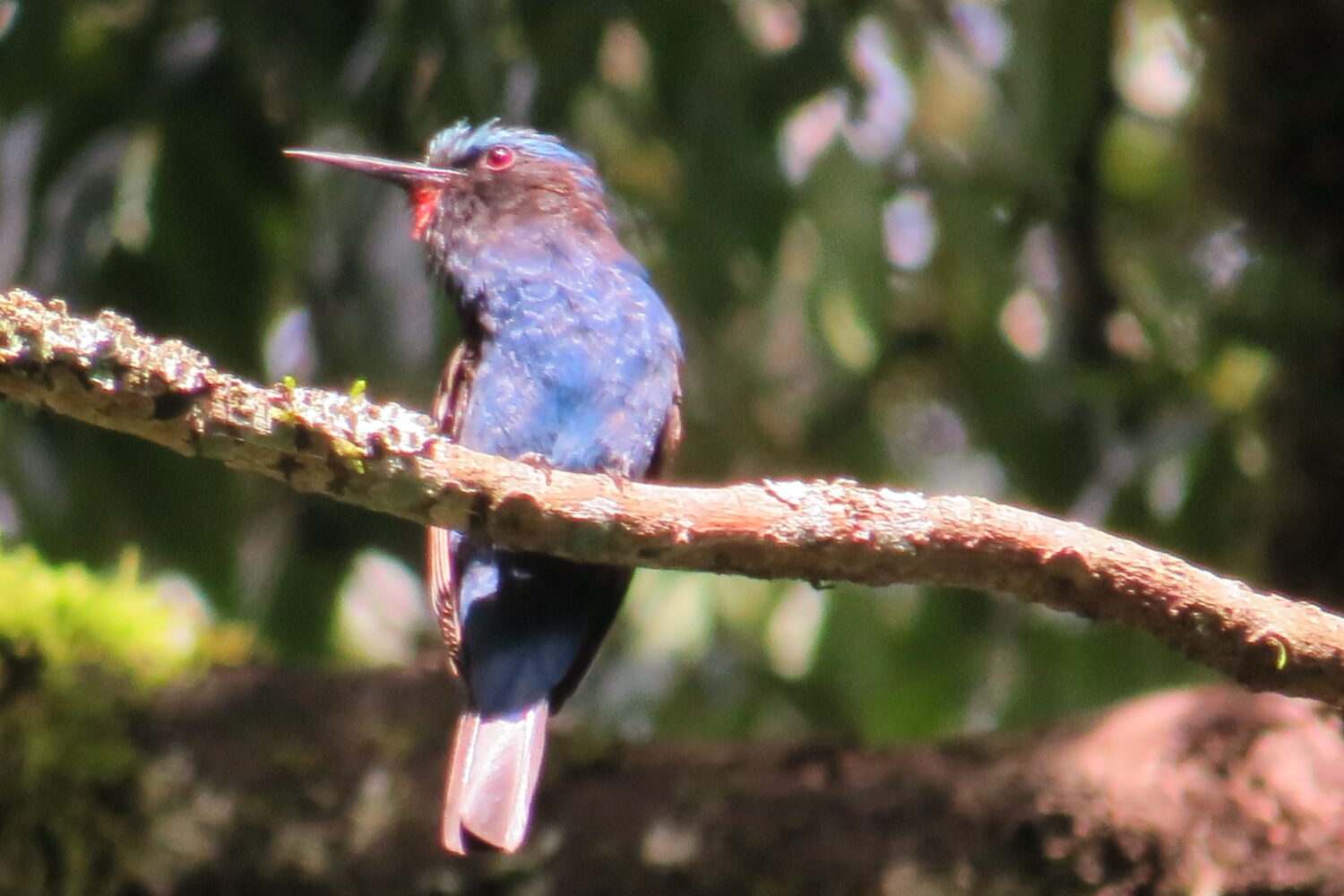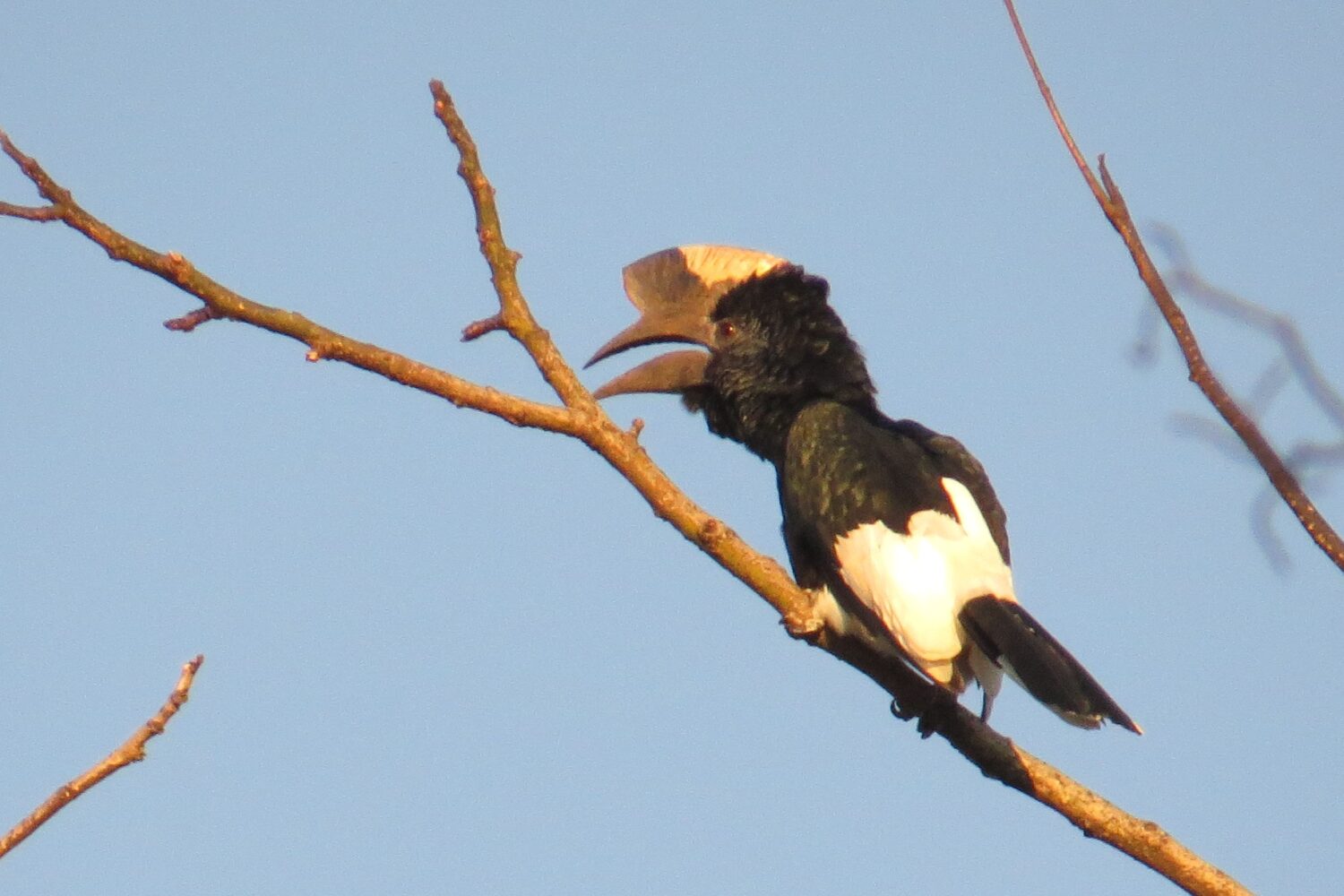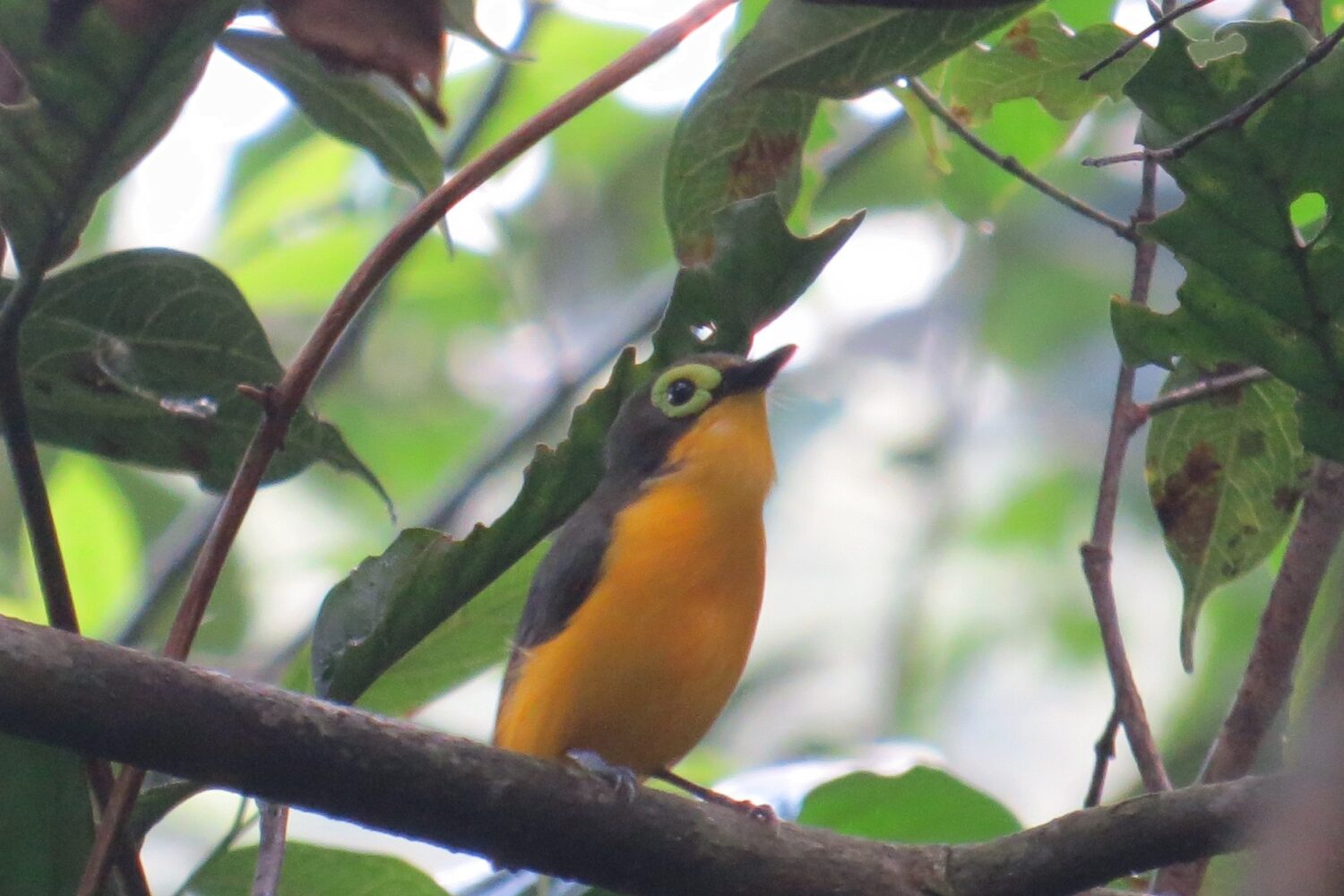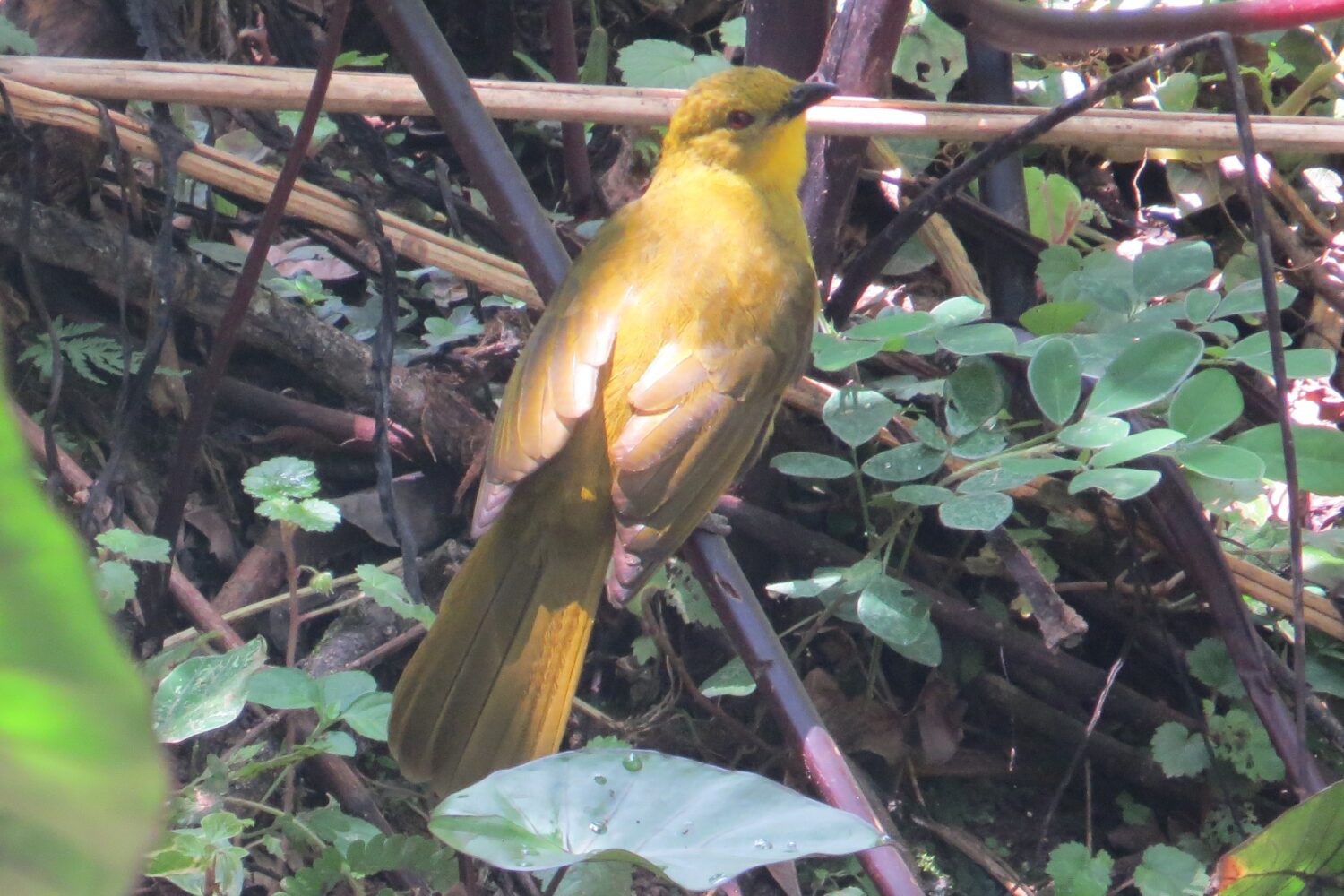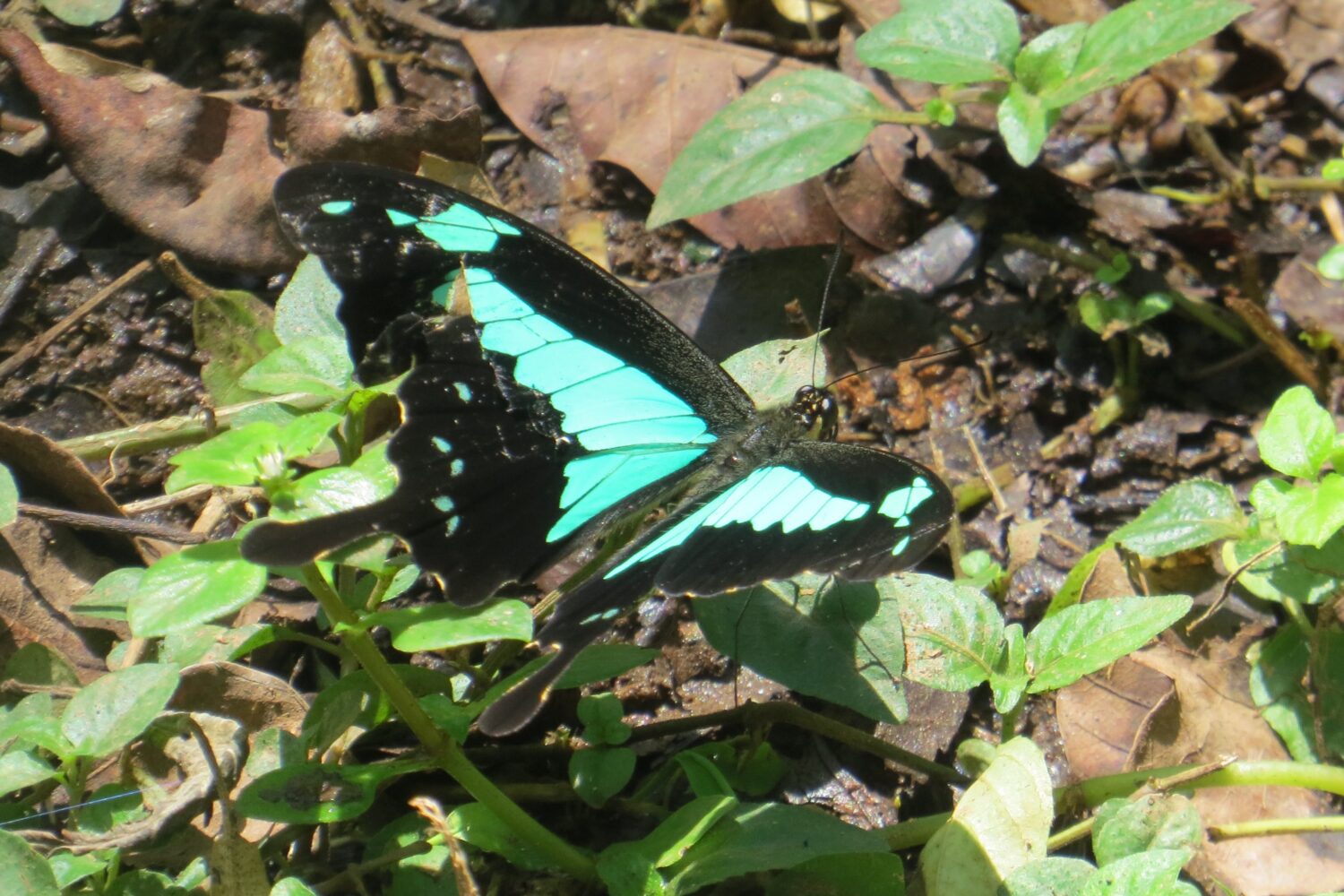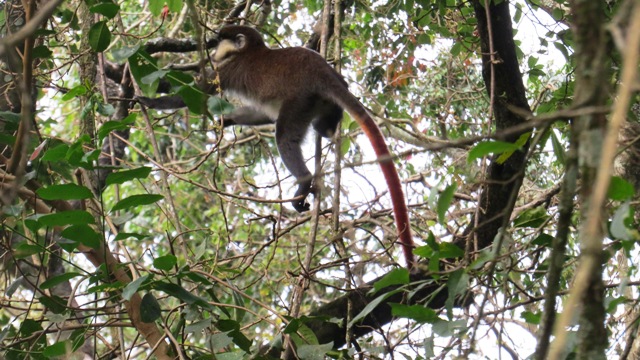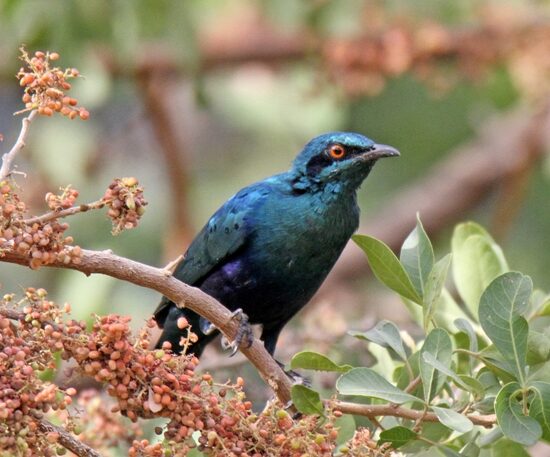Kakamega Forest Reserve
Kakamega Forest Reserve covers 240 square kilometers and is the easternmost remnant of the great Central and West African tropical rainforest. Once part of a continuous forest stretching from the Congo Basin into East Africa, this unique ecosystem now survives in western Kenya, about 40 kilometers northeast of Kisumu, along the northeastern rim of the Lake Victoria basin.
This evergreen forest is not only a botanical and ecological treasure, but also Kenya’s finest birdwatching destination, with over 410 recorded species. For birders, Kakamega offers world-class experiences, from forest giants like the Black and White Casqued Hornbill to rarities such as Chapin’s Flycatcher and Turner’s Eremomela. Walking the well-marked nature trails at dawn or dusk reveals a magical blend of sounds, colors, and birding moments you’ll never forget.


